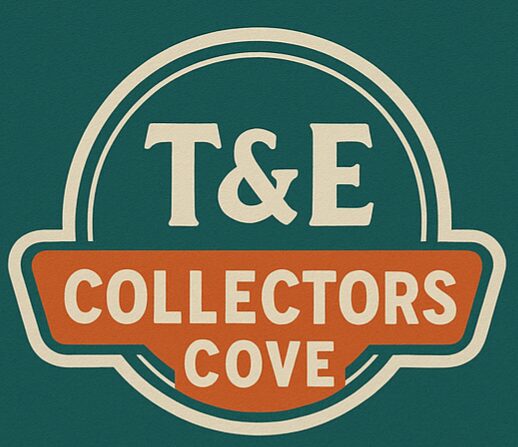Stories from the Cove, Style
Marvel Trading Cards: A Collector’s Goldmine
Here are some “must-know facts” about Marvel trading cards—whether you’re flipping them, grading them, or just reminiscing about the glory days:
1. The First Big Set: Impel Marvel Universe (1990)
Impel hit the scene in 1990 with its Marvel Universe Series 1—a 100‑card set (plus special holograms and “Spider‑Man Presents” inserts) that featured classic heroes like Iron Man, Wolverine, and Captain America These cards were designed to mimic sports cards, complete with front‑of‑card artwork and back‑of‑card stats, bios, and even tongue‑in‑cheek “Battles Fought” stats that fueled endless playground debates
✨ 2. Holograms Mattered from the Start
Only five holographic cards were included in the 1990 set—think Silver Surfer, Magneto, Wolverine, Cosmic Spider‑Man, and Peter Parker vs. Norman Osborn—but they quickly became chase cards. A PSA 10 hologram Wolverine, for instance, is still fetching decent bucks
📈 3. Collectible Value Has Grown Over Time
Vintage Marvel cards—especially Series 1 gems graded at 10—can easily hit three or four figures. A high‑grade Wolverine hologram? Still a solid six‑plus‑dozen dollars .
🎨 4. Art That Made the Set Legendary
Set artists included comic royalty like Arthur Adams and John Romita Sr., bringing cinematic, vibrant illustrations unlike anything else at the time.
That art-centric vision paved the way for later premium lines like 1992 Marvel Masterpieces—where each card looked like a mini print.
🤯 5. ’90s = Wild & Wacky
The decade of excess brought everything from swimsuit-themed X‑Men cards to Wolverine roasting sausages. Niche, ostentatious, and sometimes bizarre—but undeniably fun
🧩 6. A Card Collector’s New Frontier
Marvel cards helped diversify the hobby beyond sports.
Fans of comics would chase first appearances, variant art, rare inserts—often with much lower print runs than sports cards – making them a valuable asset in any collection today!
Fast forward to today, and Marvel cards—whether vintage or modern—are still cherished on the secondary market through eBay, graded slab platforms, and collector communities.















